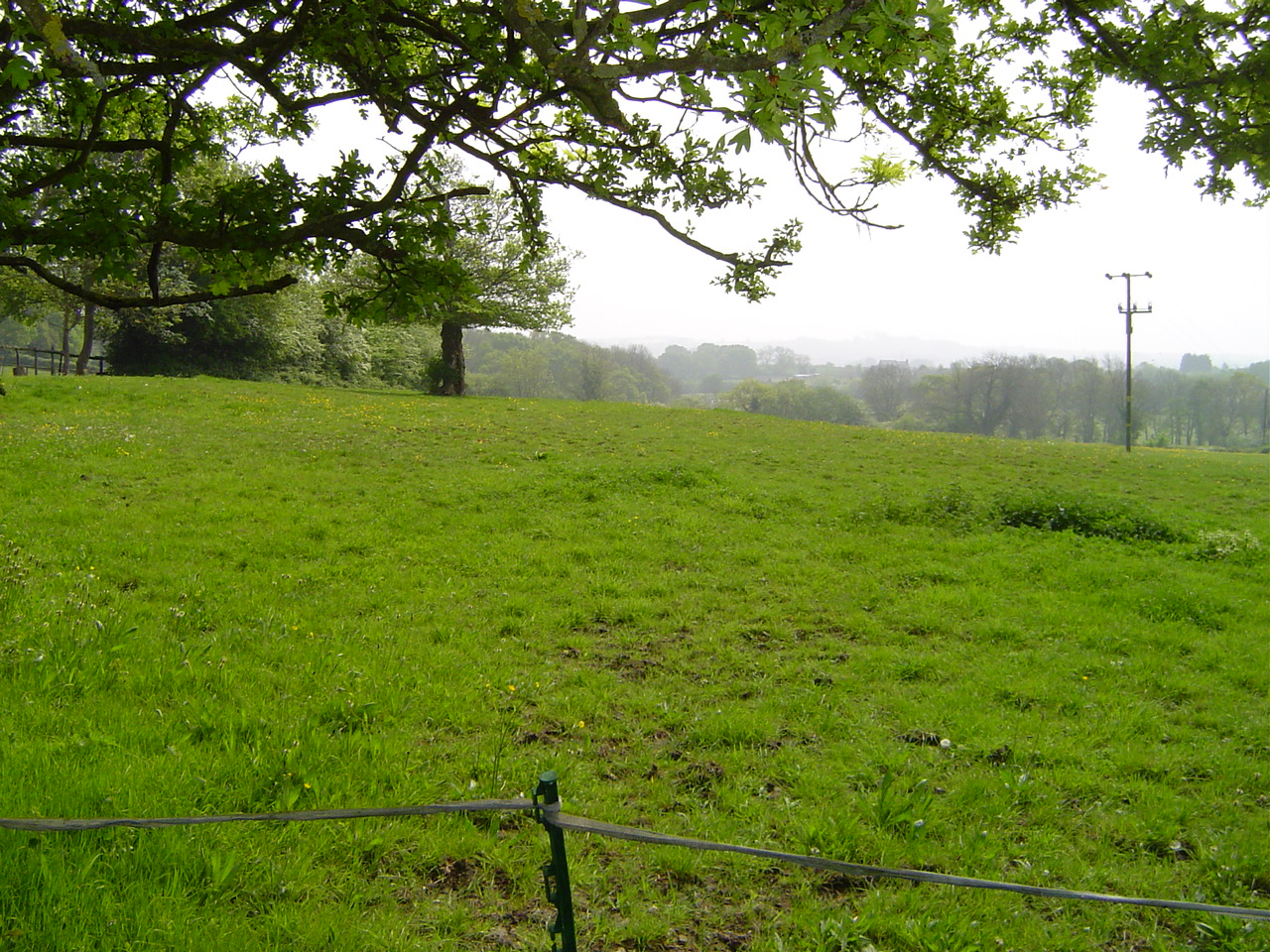Ram Hill Colliery on:
[Wikipedia]
[Google]
[Amazon]
Ram Hill Colliery, () was a privately owned colliery in the Coalpit Heath area north-east of Bristol, England. It operated between about 1825 and 1865.
/ref> increased production. In later years land in the area was purchased by the
 For the nearby Ram Hill Engine Pit, Churchleaze No. 1 Pit and Churchleaze No. 2 Pit see
For the nearby Ram Hill Engine Pit, Churchleaze No. 1 Pit and Churchleaze No. 2 Pit see
General description
Ram Hill Colliery was sunk sometime between 1820 and 1830. It was owned by the Coalpit Heath Company, which included Sir John Smyth as a shareholder. Sir John was one of the main proponents of theBristol and Gloucestershire Railway
The Bristol and Gloucestershire Railway was an early mineral railway, opened in two stages in 1832 and 1834, which connected collieries near Coalpit Heath with Bristol, at the river Avon. Horse traction was used. It was later taken over by the Bri ...
, which linked the pit and others in the area to Cuckolds Pill in Bristol.Peter Lawson, ''Walking the Dramway'', Tempus Publishing Limited, Stroud, 2006, At this date workable coal was dependent on a means of transport to market, so that the railway and the pit were interdependent.
Ram Hill was 558 ft deep and was originally worked by a horse gin, the remains of which were still visible in 2006. In later years it was worked by a beam engine
A beam engine is a type of steam engine where a pivoted overhead beam is used to apply the force from a vertical piston to a vertical connecting rod. This configuration, with the engine directly driving a pump, was first used by Thomas Newco ...
. The pit was linked under ground to Churchleaze and Rose Oak Pits, forming the hub of 19th century coal mining in Westerleigh
Westerleigh is a clustered village and civil parish (which includes Henfield) in South Gloucestershire, England, it contains sources of the Frome and has an endpoint of the Frome Valley Walkway. It is north of the M4, south of Yate and nort ...
parish.
Abandonment
Abandonment plans show that the colliery, along with otherCoalpit Heath
Coalpit Heath is a small village in the parish of Westerleigh, South Gloucestershire, England, south of Yate and east of Frampton Cotterell in South Gloucestershire.
Background
Due to the expansion of Coalpit Heath and the neighbouring vill ...
pits at Churchleaze and New Engine, closed in the 1860s as the nearby Frog Lane CollieryFrog Lane colliery/ref> increased production. In later years land in the area was purchased by the
Great Western Railway
The Great Western Railway (GWR) was a British railway company that linked London with the southwest, west and West Midlands of England and most of Wales. It was founded in 1833, received its enabling Act of Parliament on 31 August 1835 and ran ...
for the construction of their direct route between Wootton Bassett and the Severn Tunnel via Badminton. The new line passed through the area in a deep cutting immediately north of the pit.
Modern studies
The site was rediscovered by localarchaeologist
Archaeology or archeology is the scientific study of human activity through the recovery and analysis of material culture. The archaeological record consists of artifacts, architecture, biofacts or ecofacts, sites, and cultural landscap ...
and author John Cornwell in 1981 and has since been excavated, first by workers on a job creation scheme, and latterly by the "Friends of Ram Hill Colliery" who cleared the area of flora and removed two spoil heaps which were formed during earlier excavations.
Excavation of the Ram Hill site exposed more of the railway, including stone blocks with cast iron chairs in situ and the remains of a boiler house for a steam engine. Other remains at the site included the foundations of a horse gin and the uncapped shaft of the pit.
A geophysical survey, using resistivity, at Ram Hill Colliery has revealed clear traces of a reservoir in the northern corner of the site.
In 2006 the Ram Hill Colliery site was designated by English Heritage
English Heritage (officially the English Heritage Trust) is a charity that manages over 400 historic monuments, buildings and places. These include prehistoric sites, medieval castles, Roman forts and country houses.
The charity states that i ...
as a Scheduled Ancient Monument
In the United Kingdom, a scheduled monument is a nationally important archaeological site or historic building, given protection against unauthorised change.
The various pieces of legislation that legally protect heritage assets from damage and d ...
, recognising the national importance of the site and protecting it in the future.
Other Coal Mines
Churchleaze mine is described at New Engine.Ram Hill
Ram Hill is a hamlet in South Gloucestershire, England. It is located between Coalpit Heath and Westerleigh and adjoins the hamlet of Henfield immediately to the south. In the Mudge Map 1815, Ram Hill was known as Nutridge Hill, and was linked ...
.
Serridge Engine Pit, Orchard (or Middle Wimsey) Pit, No. 11 Pit and New Engine Pit were situated in the neighbouring hamlet of Henfield
Henfield is a large village and civil parish in the Horsham District of West Sussex, England. It lies south of London, northwest of Brighton, and east northeast of the county town of Chichester at the road junction of the A281 and A2037. Th ...
.
References
''The Bristol Coalfield'' by John Cornwell. {{coord, 51.520433, -2.464070, type:landmark_region:GB_source:enwiki-osgb36(ST679803), display=title Coal mines in Gloucestershire Buildings and structures in South Gloucestershire District Bristol Coalfield Underground mines in England